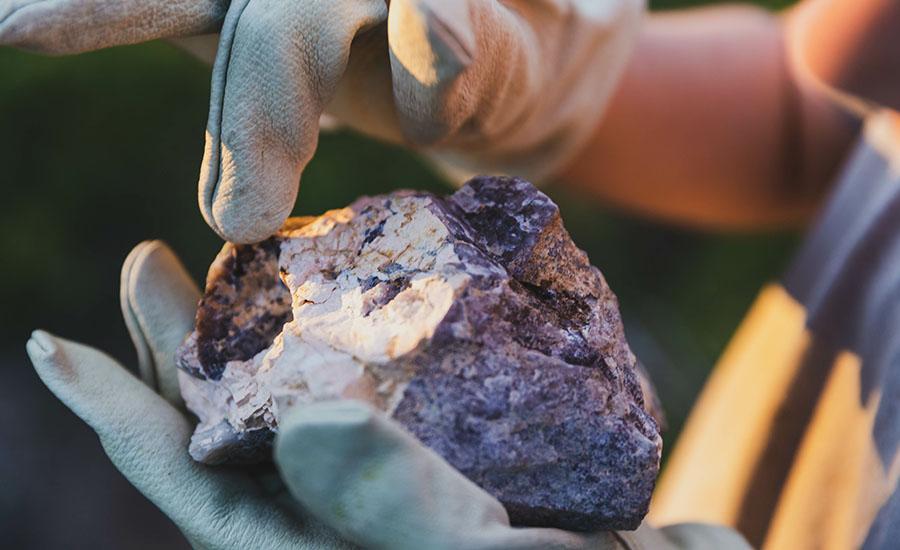
Growing Crystals Part 1: Actualizing the Formation of Crystalline Solid
by Maria Theresa Gonzaga
GROWING CRYSTALS PART 1, A lesson that focuses on the different types of formation of crystalline solid, its properties and the attractive forces responsible to it during chemical bonding.
It is expected that at the end of the lesson the following skills are achieved:
To describe the different types of crystals and their properties: ionic, metallic, covalent and molecular.
To classify crystals according to the forces of attraction.
To relate the properties of different types of solids to the bonding or interactions among particles in these solids.
To Design and create your desired crystalline formation using sugar and sodium tetraborate.
Lesson Plan Link/URL
https://docs.google.com/presentation/d/1tf2IE3MMm6z2Ev--Zk5FHCh8pgJQWNXe/edit?u…Subject Area
Science Physical Science P1: Matter P4: Energy Transfer Technology 3. Knowledge Constructor 6. Creative Communicator English Language Arts (ELA) Reading (Informational Text) Writing
Featured
Off
Related Content

Grades:
9th Grade, 10th Grade, 11th Grade
A common challenge in Thermodynamic Chemistry is how do endo vs. exothermic reactions FEEL. Students will conduct three different chemical reactions to collect data and observations about the

Grades:
9th Grade, 10th Grade, 11th Grade
This is a week-long set of lessons building on the structure and function of skin. The first few days will have students using technology to complete research. Students will also explore the

Grades:
10th Grade, 11th Grade, 12th Grade
This lesson includes a slide show and FITB notes page introducing Urbanization in a HS Environmental Science class. Benefits and drawbacks of urbanization are discussed, with a documentary about